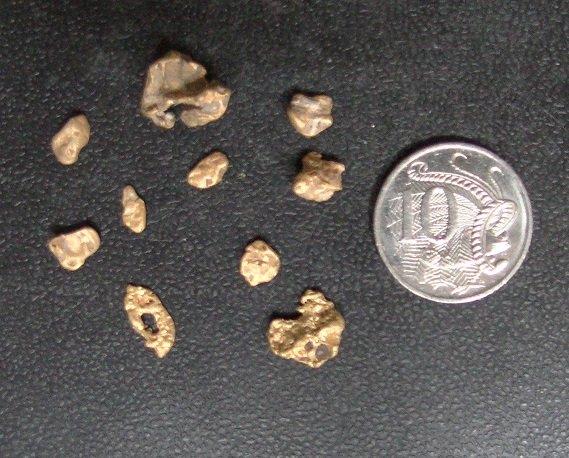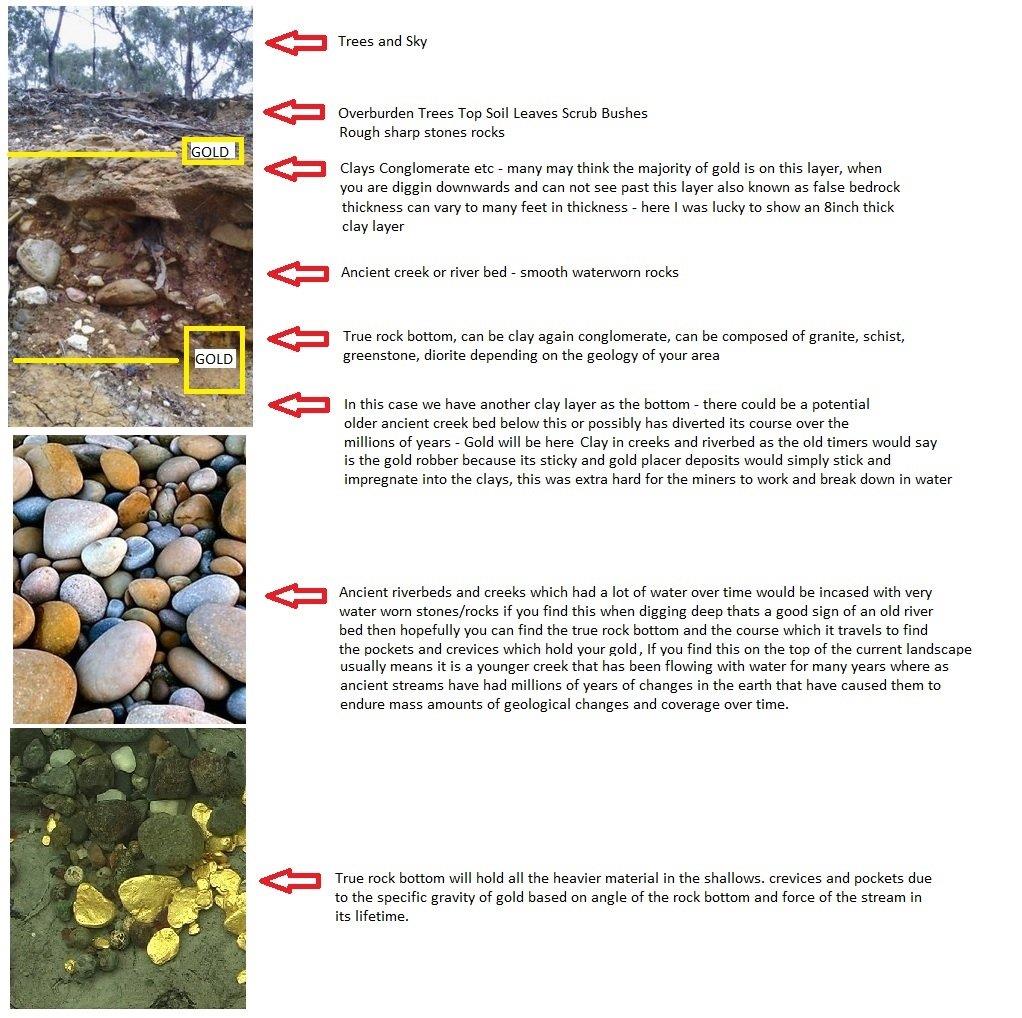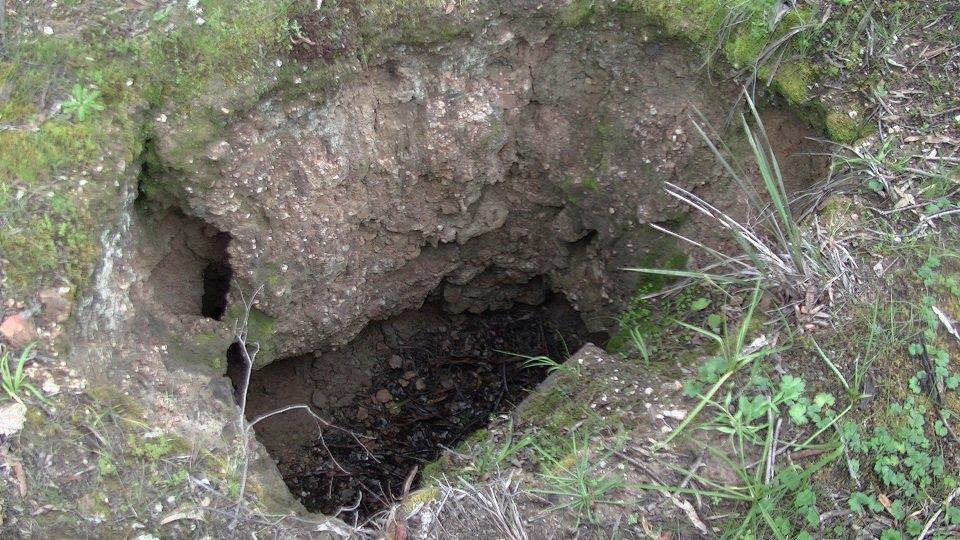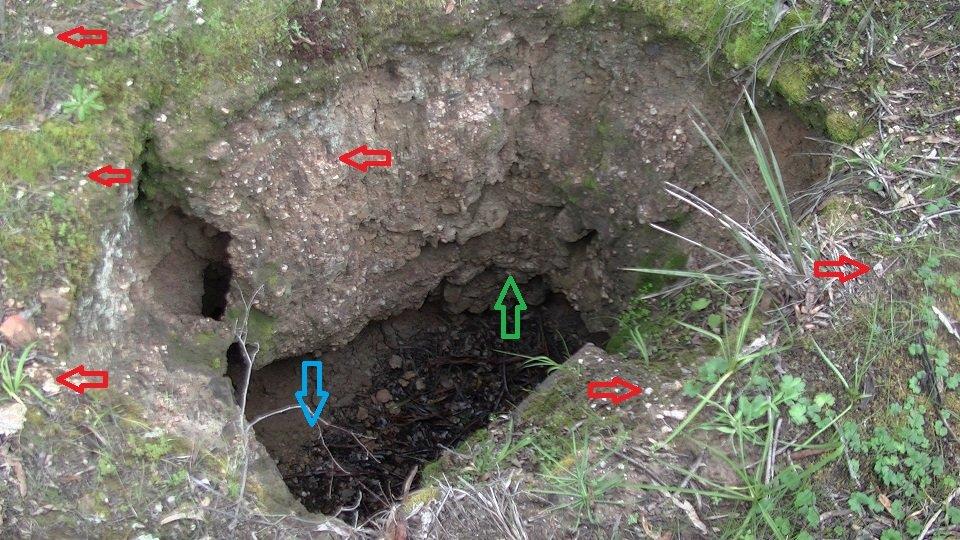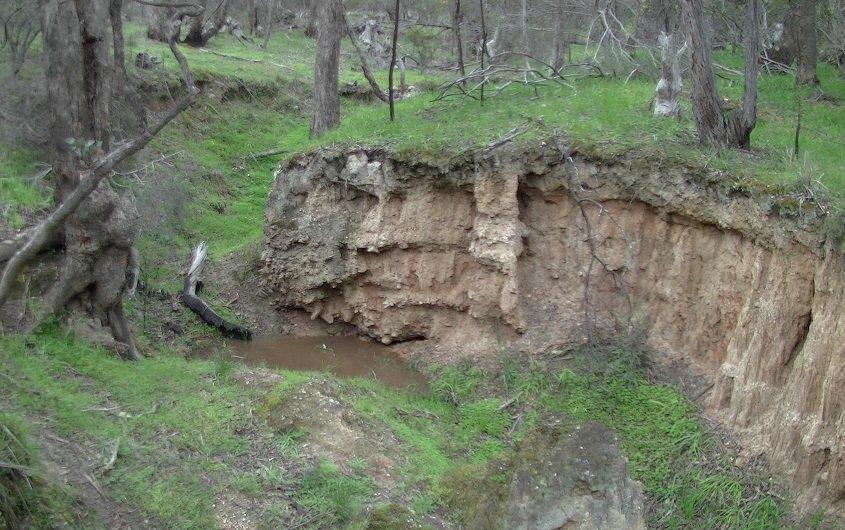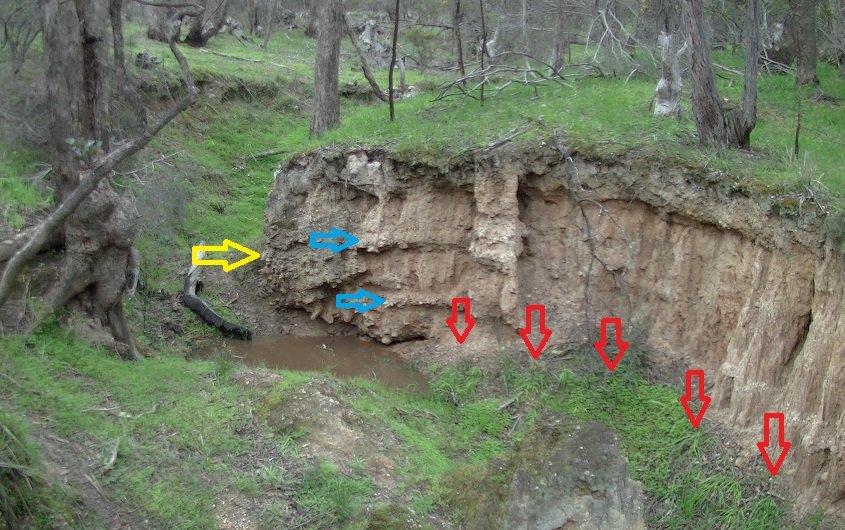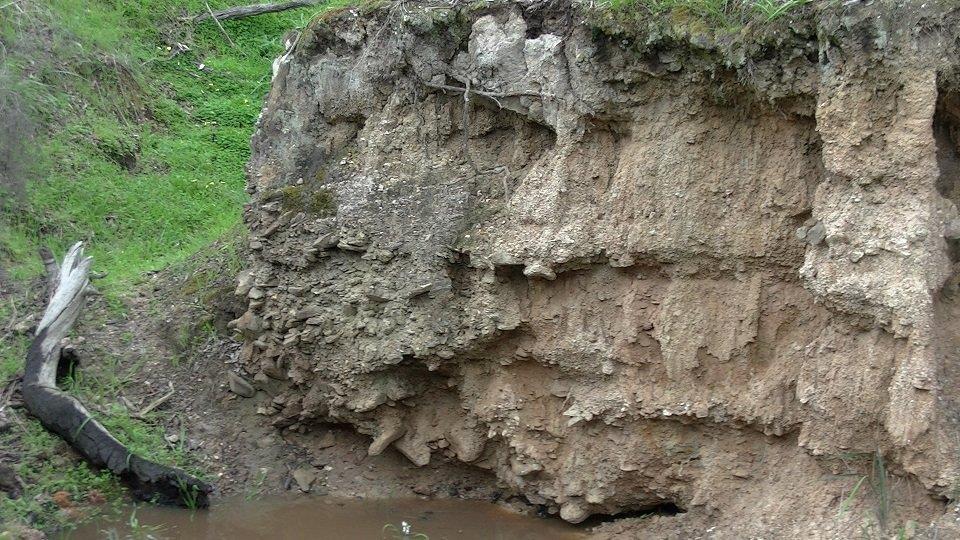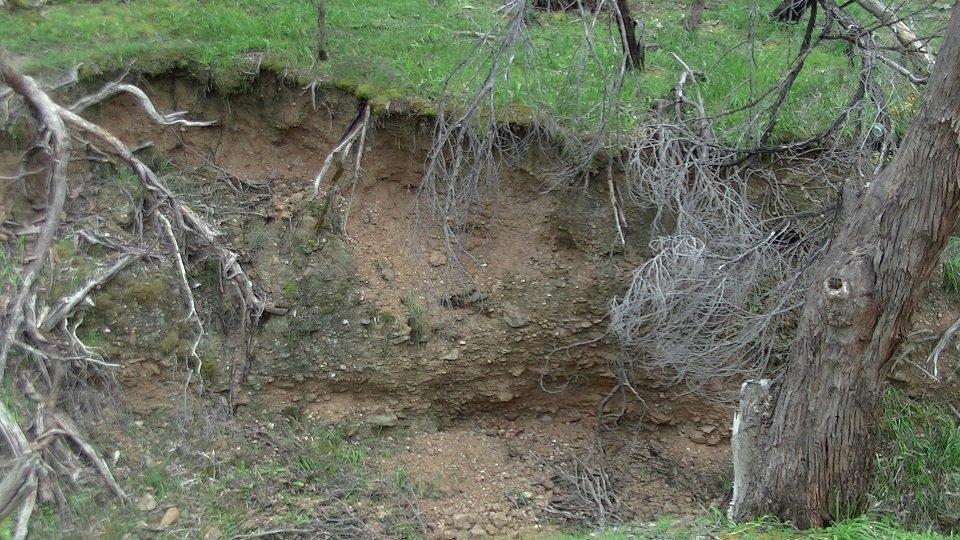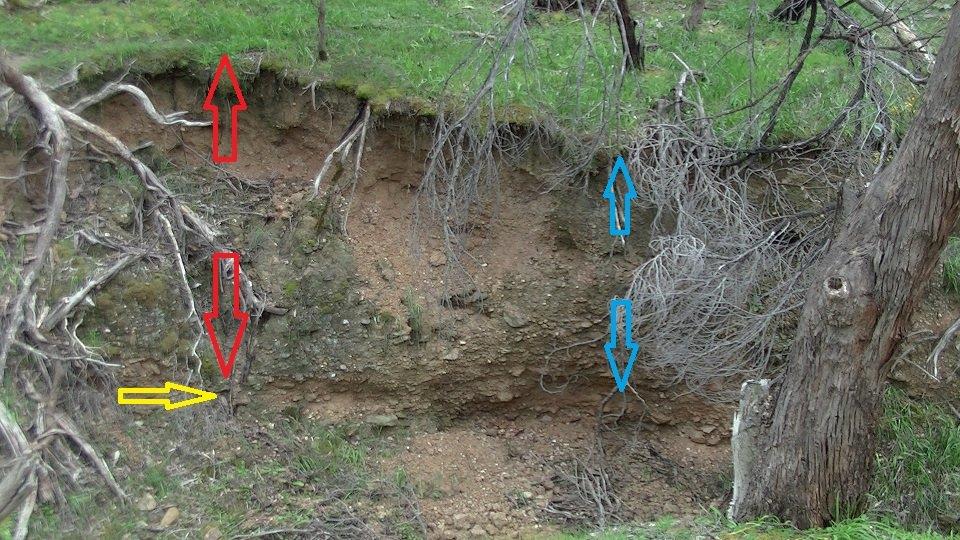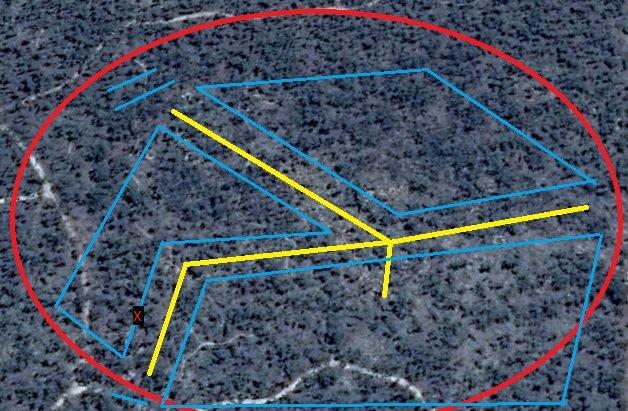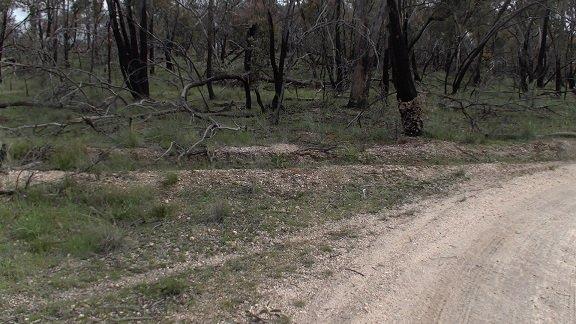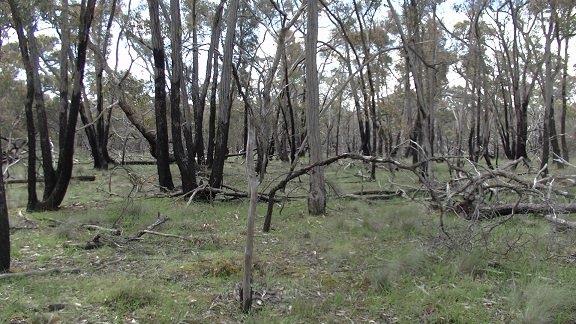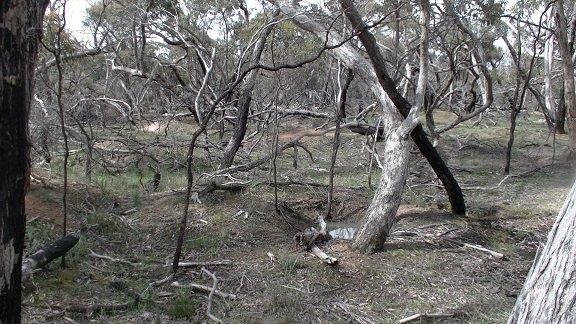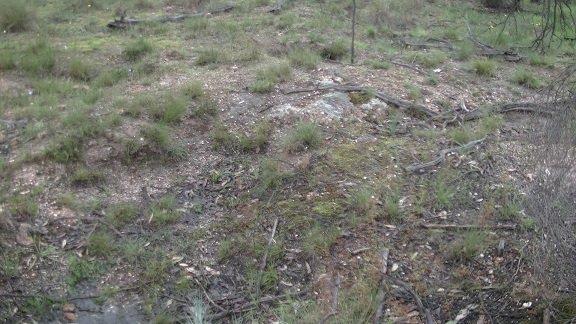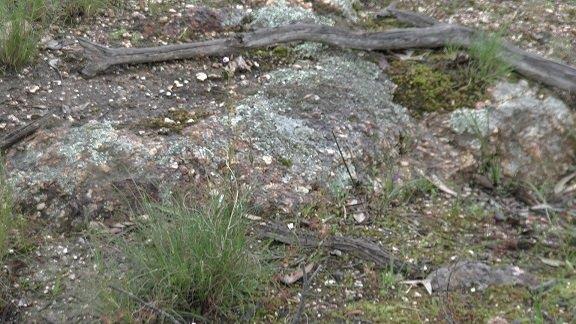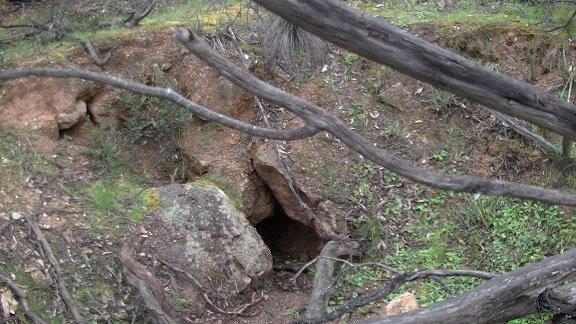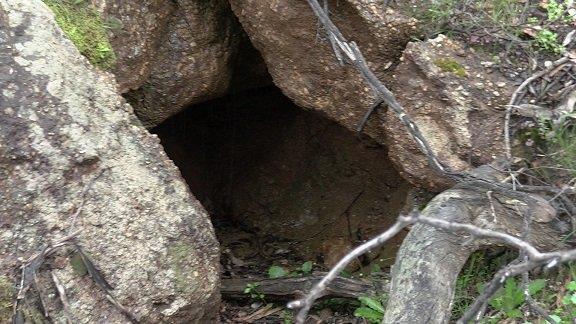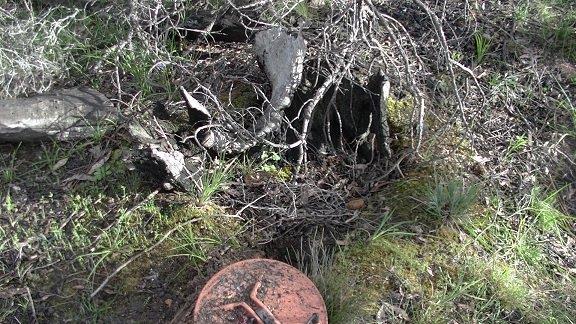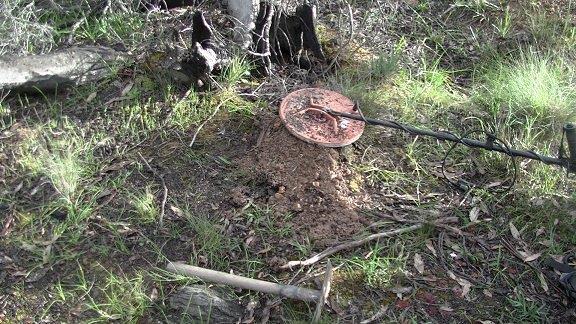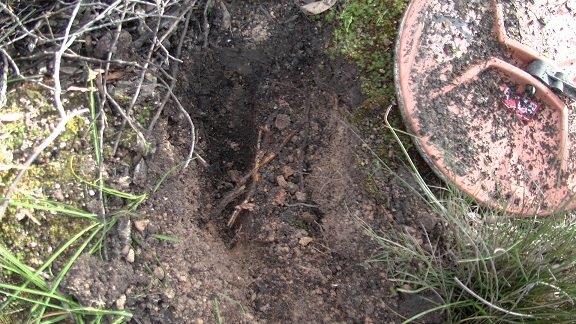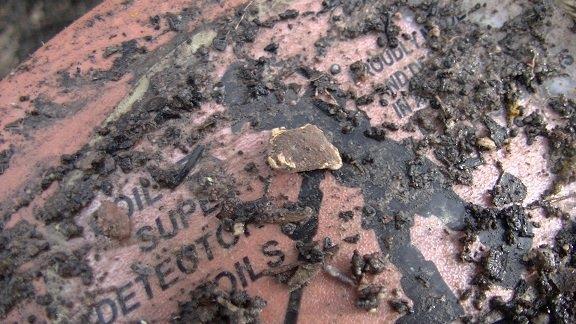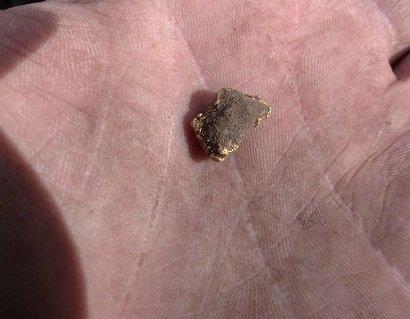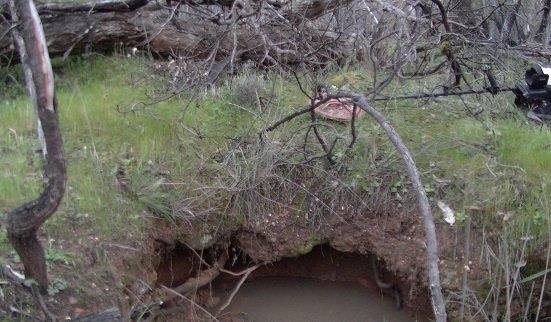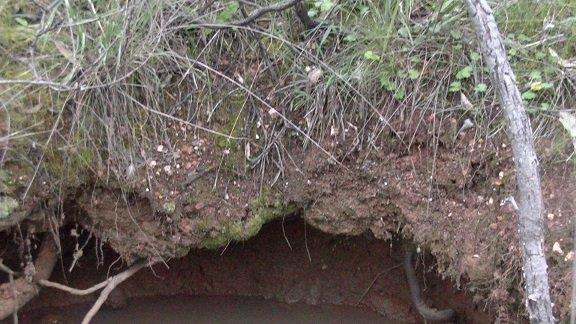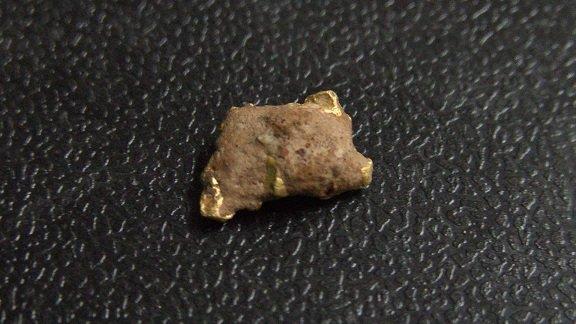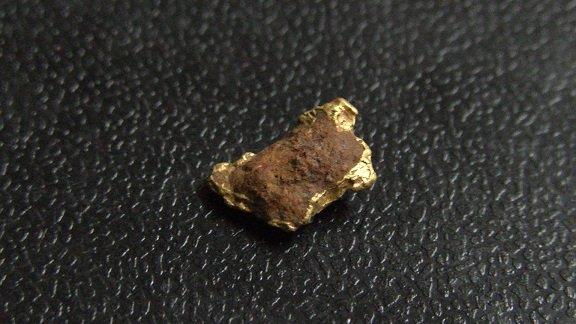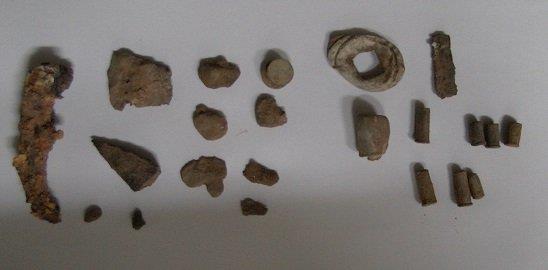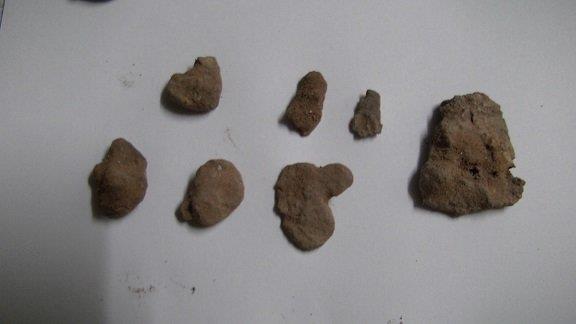Hi All,
I wanted to share my experience when I first purchased the GP3000 Minelab - after many outings in the goldfields it took me roughly 12 weeks to find my first piece of Gold, the gold came out of white pipe clay with signs of quartz and ironstone in the area, it was rough on the surface area with quartz attached. There were also workings around the area but this piece was in virgin ground between workings on slight hill area just upwards of a small open cut drive/lead where what appeared to be a few shallow loam holes.
After a lot of patience and persistence I managed to find gold more frequently, some weeks were 3 to 4 days a week I would find gold - we hear many stories of people finding gold on the first day and so on, all these stories are wonderful to read and keeps that patience and persistence in all of us, brings that level of excitement back and we become more ambitious in our adventures.
I still wonder why I had never broken the 1oz mark - and still to this day I think what I have left due to inexperience and listening to the more experienced prospectors in the early days - when I first purchased minelab GP3000 I was advised by a few pro's to set to discriminate, while detecting anything that discriminated would pretty much stay unearthed. After a long day with nothing to show I was walking back down a gully and found a nice target when I dug down about 8 to 10 inches the target discriminated, I thought may as well dig it out. Fair enough it was an 8 gram nugget, I waved it over the coil a few times and it discriminated again.
I was shaking my head in disbelief - to me I thought discriminate was the bee's knee's of gold detecting the holy grail of the new technology, only to be disappointed when talking with John Gladdis of Coiltek. His words that have stuck to this day were "there is a fine line between discriminate and overload" from this day my detector has never been set to anything other than ALL METAL - dig everything, I will never forget this day walking through some workings detecting and see a 4x4 driving past and then it came back close to where I was, when I looked over to see a person walking towards me couldnt believe it was John - he asked how I was going and we talked about the day, thats when I asked the question and had him check my settings cha ching thanks John
After finding the first piece of gold and reading a lot of literature and gold related topics, reading and studying maps etc - we start to build an understanding of being able to read the ground to a certain degree. Whether it be the Salt N Pepper or the slight dip beside a group of workings or even the saddle of some test holes we seem to find our proven method in prospecting on our own or with other Professional operators
My 3 main things that I always concentrate on while out
1. Dig Everything (Gold can be in many shapes and sizes and can sound just like any target) We all love the smooth soft repetitive signals and also screamers can be big gold closer to the surface - for piece of mind dig verify keep or discard
2. Go low and slow and listen for those faint threshold changes which are repetitive - scratch the surface if you are not sure to see if the target signal increases, all it takes is a stick in your way or an inch of leaves and rubble to miss that target
3. Dont rush your day enjoy it because the ground and gold wont go anywhere - if you rush your day then you will be sure to miss it and no doubt leave frustrated and never try that spot again. Be sure that you are thorough in all efforts, I also feel very privileged just to be able to prospect
I have added some images of gold that I found over a period from 0.2 grams to 14.8 grams
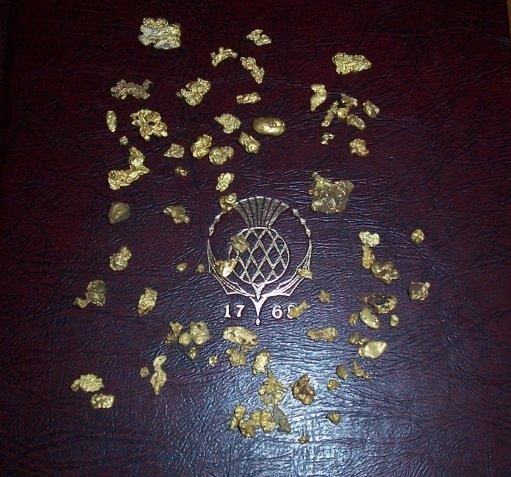
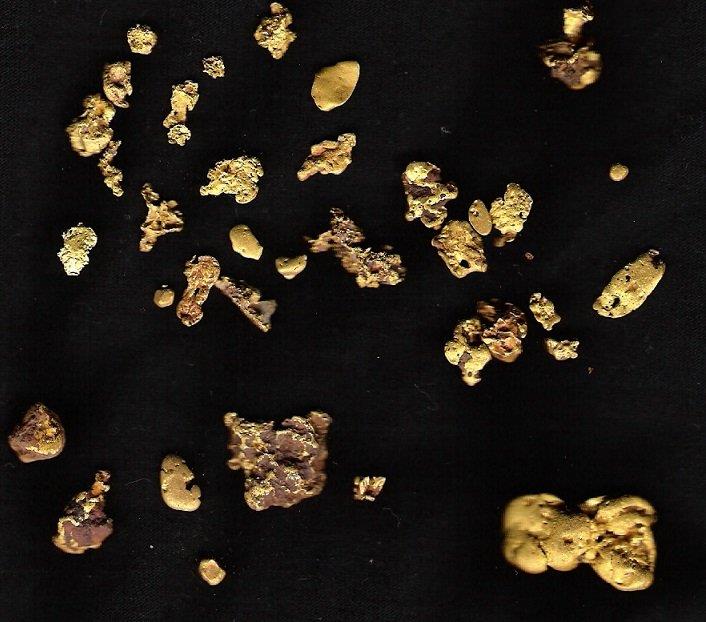
Thats a quick summary of the earlier days from 2005 onwards - many wonderful stories along my travels
I am still currently using the Minelab GP3500 after upgrading not long after the GP3500 was released, mostly using a Coiltek 14" DD Pro - looking to invest in the Coiltek 14" Elite Mono to add to my arsenal
I might also look to upgrade to the GPX model - not sure on the GPZ at present - I guess I am fine tuned with the GP and still finding gold, we still hear many stories of users of the SD Models
Be well and Safe - Happy Prospecting
I wanted to share my experience when I first purchased the GP3000 Minelab - after many outings in the goldfields it took me roughly 12 weeks to find my first piece of Gold, the gold came out of white pipe clay with signs of quartz and ironstone in the area, it was rough on the surface area with quartz attached. There were also workings around the area but this piece was in virgin ground between workings on slight hill area just upwards of a small open cut drive/lead where what appeared to be a few shallow loam holes.
After a lot of patience and persistence I managed to find gold more frequently, some weeks were 3 to 4 days a week I would find gold - we hear many stories of people finding gold on the first day and so on, all these stories are wonderful to read and keeps that patience and persistence in all of us, brings that level of excitement back and we become more ambitious in our adventures.
I still wonder why I had never broken the 1oz mark - and still to this day I think what I have left due to inexperience and listening to the more experienced prospectors in the early days - when I first purchased minelab GP3000 I was advised by a few pro's to set to discriminate, while detecting anything that discriminated would pretty much stay unearthed. After a long day with nothing to show I was walking back down a gully and found a nice target when I dug down about 8 to 10 inches the target discriminated, I thought may as well dig it out. Fair enough it was an 8 gram nugget, I waved it over the coil a few times and it discriminated again.
I was shaking my head in disbelief - to me I thought discriminate was the bee's knee's of gold detecting the holy grail of the new technology, only to be disappointed when talking with John Gladdis of Coiltek. His words that have stuck to this day were "there is a fine line between discriminate and overload" from this day my detector has never been set to anything other than ALL METAL - dig everything, I will never forget this day walking through some workings detecting and see a 4x4 driving past and then it came back close to where I was, when I looked over to see a person walking towards me couldnt believe it was John - he asked how I was going and we talked about the day, thats when I asked the question and had him check my settings cha ching thanks John
After finding the first piece of gold and reading a lot of literature and gold related topics, reading and studying maps etc - we start to build an understanding of being able to read the ground to a certain degree. Whether it be the Salt N Pepper or the slight dip beside a group of workings or even the saddle of some test holes we seem to find our proven method in prospecting on our own or with other Professional operators
My 3 main things that I always concentrate on while out
1. Dig Everything (Gold can be in many shapes and sizes and can sound just like any target) We all love the smooth soft repetitive signals and also screamers can be big gold closer to the surface - for piece of mind dig verify keep or discard
2. Go low and slow and listen for those faint threshold changes which are repetitive - scratch the surface if you are not sure to see if the target signal increases, all it takes is a stick in your way or an inch of leaves and rubble to miss that target
3. Dont rush your day enjoy it because the ground and gold wont go anywhere - if you rush your day then you will be sure to miss it and no doubt leave frustrated and never try that spot again. Be sure that you are thorough in all efforts, I also feel very privileged just to be able to prospect
I have added some images of gold that I found over a period from 0.2 grams to 14.8 grams


Thats a quick summary of the earlier days from 2005 onwards - many wonderful stories along my travels
I am still currently using the Minelab GP3500 after upgrading not long after the GP3500 was released, mostly using a Coiltek 14" DD Pro - looking to invest in the Coiltek 14" Elite Mono to add to my arsenal
I might also look to upgrade to the GPX model - not sure on the GPZ at present - I guess I am fine tuned with the GP and still finding gold, we still hear many stories of users of the SD Models
Be well and Safe - Happy Prospecting




